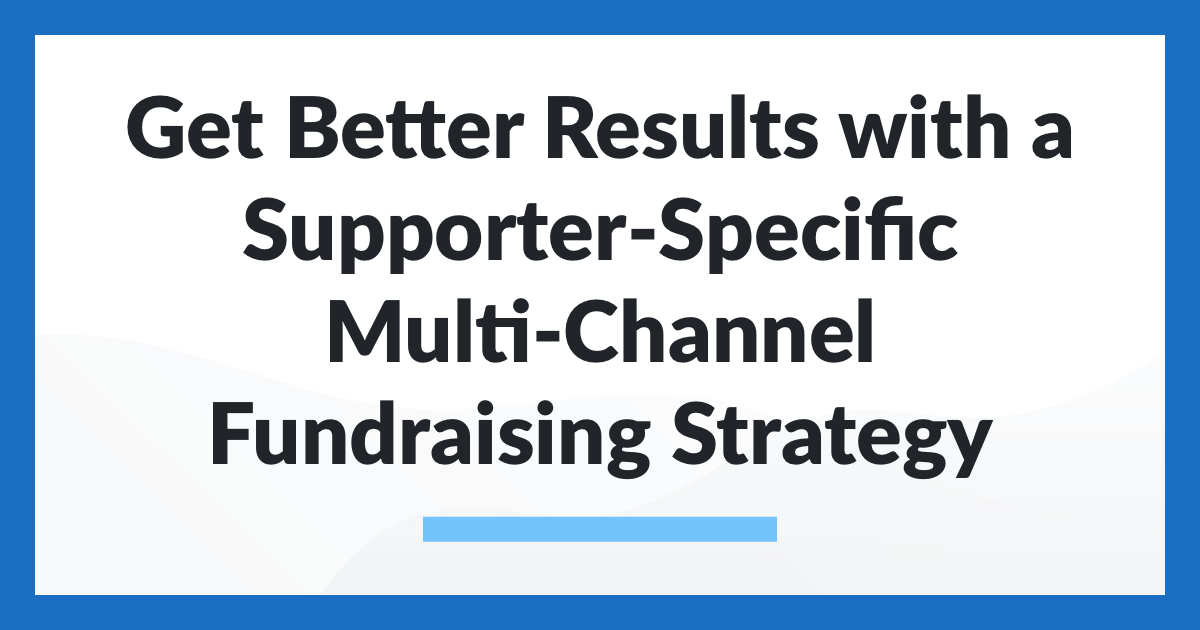Get Better Results with a Supporter-Specific Multi-Channel Fundraising Strategy

EveryAction recently held a Q&A panel with our partner One & All to explore how nonprofits can unlock the power of multi-channel fundraising to expand their donor bases. We asked One & All President and Chief Growth Officer Kevin White why approaching each supporter as an individual across channels helps nonprofits achieve better results—here’s what he said.
Q: How can nonprofits communicate in a supporter-specific way, rather than a channel-specific way? Why is that better?
A: Let’s talk about monthly supporters as an example. It’s important to have true surround-sound for them. So, where’s the reporting back? Which channels are you using to send them messages, and where are you seeing results?
In a multi-channel, supporter-specific strategy to monthly supporters, some of your communications to this group could be through the mail. You might use email for them as well; and those emails should have a different look and feel for your monthly sustainers than your emails to other types of supporters. In those mail and email messages, acknowledge the fact that they’re giving monthly, rather than making single gifts.
Another channel that works great for engaging with monthly supporters is the phone — phone calls work great for upgrading monthly sustainers in particular. The phone is also a good channel for reactivating or even converting single-gift supporters to monthly sustainers.
So, that’s a supporter-focused approach: using those three or four or five channels to make sure you’re communicating in a relevant way to that specific group.
On the other hand, a channel-specific strategy would say: “We’re going to send everybody direct mail, and we’re going to cultivate them the same way, and we’re going to ask them all to give the same gift, and regardless of any segmentation or past behavior, that’s the only opportunity we’re going to give them to give to us.” What this approach fails to consider is that the supporters who are getting these direct mail messages may choose to give online, or they may prefer to see a banner ad, or receive an email, or have a phone call. If you expect everyone to behave the same in a given channel, you could miss out.
The big takeaway here is that supporter-specific multi-channel communications work better than channel-specific communications because people are people. Just because someone’s supporting a social good organization, doesn’t mean they stopped being a person with preferences. They’re still behaving the same way they do in the for-profit world, which means we as nonprofits have to consider them as individuals rather than as transactions. If we’re single-channel-focused, and applying the same strategy to each person in a given channel, we’re considering them as transactions and not as whole people. What nonprofits need to do is build programs that take the whole person into account.


